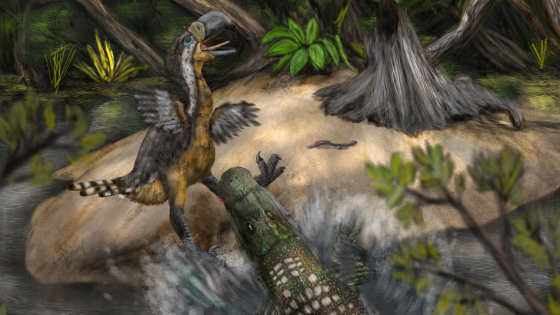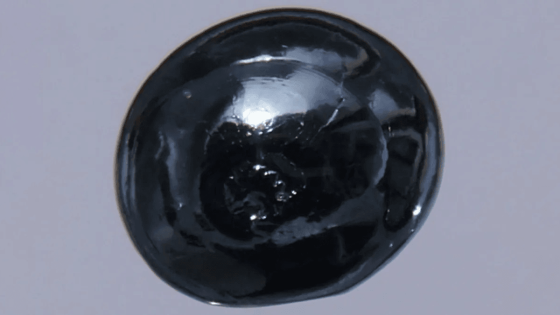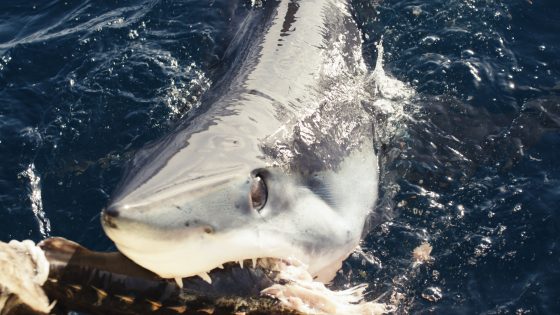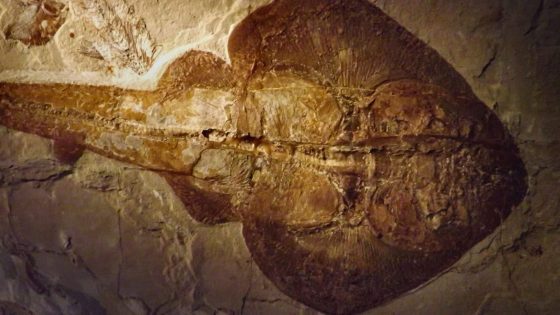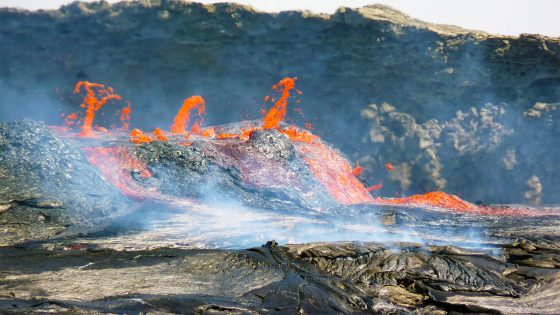Fossilized bite marks reveal a dramatic encounter between a gigantic terror bird and a massive crocodile, suggesting complex predator-prey dynamics in ancient ecosystems. This discovery, published on July 22, 2025, in the journal Biology Letters, highlights the unexpected threats faced by apex predators.
- Fossilized bite marks indicate predator interactions.
- Terror birds were apex predators in South America.
- Caiman likely responsible for bite marks.
- Study suggests risks for apex predators.
- 3D imaging used for bite mark analysis.
- Findings enhance understanding of Miocene ecosystems.
Phorusrhacids, known as terror birds, were once the dominant carnivores on land in South America. However, a recent study indicates that these towering birds, standing over 9 feet tall, were not invulnerable, especially near water bodies where a 15-foot caiman may have posed a significant risk.
This research raises intriguing questions about the interactions between these formidable creatures. Did the terror bird fall victim to a predator, or was it scavenged after death? The findings indicate that even apex predators like terror birds faced dangers from aquatic threats.
- The bite marks analyzed were consistent with those of a caiman.
- The caiman involved was likely a subadult, indicating a growing threat.
- This encounter offers insights into the ecological dynamics of the Miocene epoch.
As researchers continue to uncover ancient interactions, we may gain deeper insights into the evolutionary pressures that shaped these remarkable creatures and their environments.



